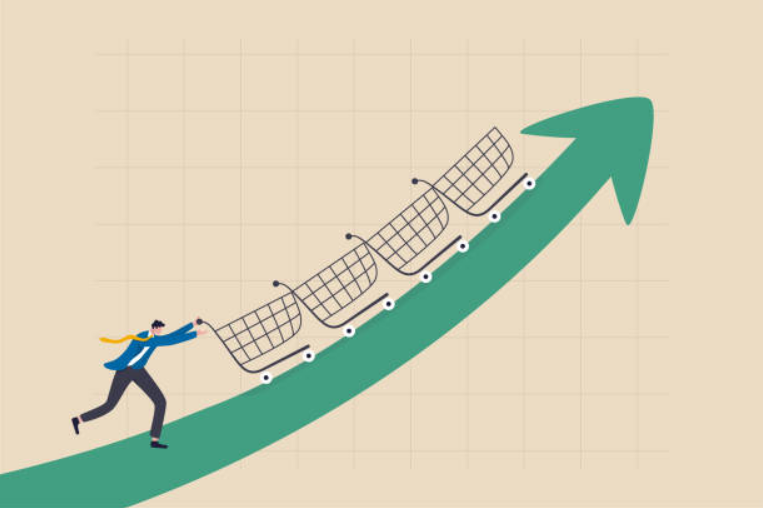Observing 1000 retail companies, I found that the three models that determine the future of a company are
I have seen thousands of retail companies in our club, and to summarize, there are mainly three types of business models——

one,The low profit but high sales model, also known as the ultimate cost-effectiveness model. This model is mainly aimed at the general public, which is a model that earns small money from the majority of people. It is positioned as low-end consumption, with low costs and cheap prices, but the product must at least pass the test, and sales must be unlimited in order to have development opportunities. This model mainly tests three points: cost, efficiency, and sales. It not only tests the efficiency of the supply chain and team operation, but also tests the operational ability of traffic management. You need to constantly increase traffic to maintain this business model. Only when the volume is large can your advantage be obvious.
two,The differentiation model, including products, services, customer groups, scenarios, etc., requires the ability of demand insight, research, and demand mining, which is aimed at meeting specific main groups or scenarios. The positioning is mainly for mid-range consumption. As a differentiation model, the customer group is relatively small, but customer demand satisfaction is more targeted, so the frequency of repeat purchases increases. This model is generally priced at a moderate price.
three,High end customized development model. This model is mainly aimed at specific high-end customers, including material and spiritual, products and services, and provides customized development for people with special needs. The high-end customization of products, such as luxury cars and houses, is also targeted at a specific boss group with an annual revenue of over 100 million. For example, a club adopts high-end network value, high-end content value, high-end services, and high-end experiences. This model requires further research on customer needs and meeting their needs, and even creating customer needs, which means creating more unexpected value, gains, and depth for customers. This model is targeted at a specific audience, so sales will not be particularly high. The product value, excluding costs, leads to a relatively high unit price. However, because it can better meet the needs of this specific audience, repeat purchases are often the highest. The repurchase rate of this club can reach over 98%.

The above three models can all achieve outstanding brands, go public, and even become the richest. Therefore, there is no distinction between these three models, only the business models are different. The choice of which model depends mainly on which one your core competencies are suitable for. The ultimate focus is on two indicators: quantity and price. If the quantity can be large enough, the lowest point of the price can also become the richest person. If the quantity is difficult to increase, the highest point of the price can also become the richest person.In summary, all business models are philosophical models, dialectical, and balanced.
In the end, it all comes down to having a deep understanding of your customers and your ability to deliver value. Whether it’s through low profit and high sales, differentiation, or high-end customization, the possibilities are endless.
In conclusion, understanding and effectively implementing these three models is crucial for any retail company looking to thrive in the highly competitive market. By identifying their core competencies and aligning them with the appropriate model, businesses can increase their chances of success and achieve their desired outcomes.






